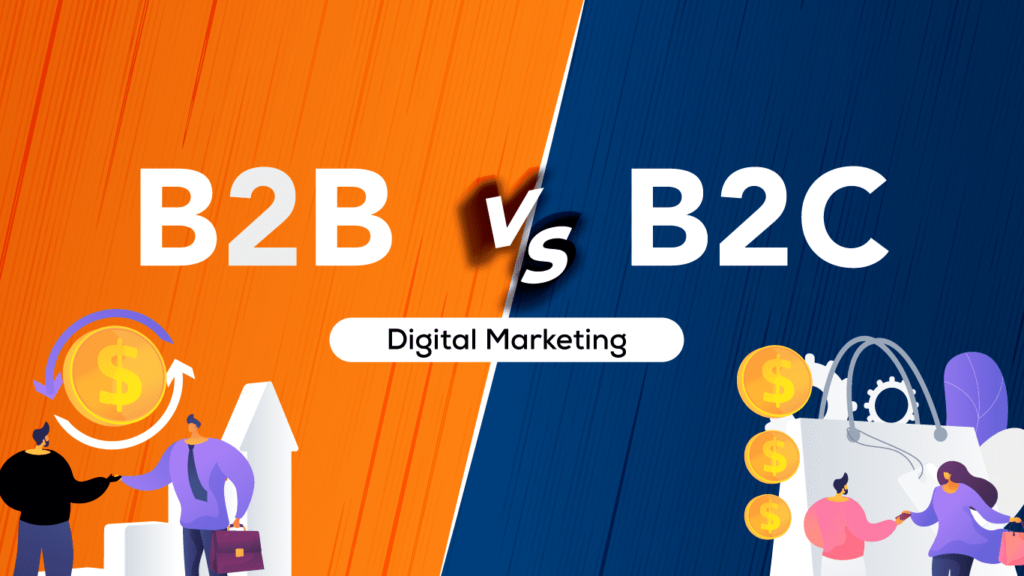
How to Do Digital Marketing for Local Businesses
“A brand is no longer what we tell the consumer it is—it is what consumers tell each other it is.” — Scott Cook
when a physical storefront and word-of-mouth were enough to attract customers. Digital marketing helps local businesses reach more people, grow their customer base, and boost sales. Here’s a simple guide on how to effectively use digital marketing for your local business
1. Create a Website for Your Business
The first step in digital marketing is having a professional website. A website acts as your online storefront where customers can learn about your services, products, location, and contact details.
Keep it Simple: Use easy navigation, clear images, and concise information.
Mobile-Friendly Design: Most people browse on their phones, so ensure your website works well on mobile devices.
Include Key Details: Add your business address, phone number, operating hours, and a contact form.
Having a well-designed website builds trust and makes your business appear professional.
2. Optimize Your Website for Local SEO
Search Engine Optimization (SEO) helps your business show up on search engines like Google when people search for local services.
Use Local Keywords: Include phrases like “best bakery in [city name]” or “plumber near me” in your website content.
Claim Your Google Business Profile: Update your Google Business Profile (formerly Google My Business) with accurate details like your location, phone number, and photos.
Encourage Customer Reviews: Positive reviews improve your rankings and build credibility.Add Location Pages: If your business operates in multiple areas, create separate pages for each location
3. Use Social Media Platforms




Social media is a powerful tool for connecting with local customers and promoting your business.
Choose the Right Platforms: Focus on platforms where your customers are most active, like Facebook, Instagram, or Twitter.
Post Regularly: Share updates about your products, services, special offers, or events.
Engage with Followers: Reply to comments and messages to build relationships with your audience.
Run Local Ads: Platforms like Facebook allow you to target ads to specific areas, ensuring your ads reach local customers.
Social media helps you stay connected with your community and build brand awareness.
4. Start Email Marketing
Email marketing is a cost-effective way to stay in touch with your customers and inform them about your latest offers.
Build an Email List: Collect emails through sign-ups on your website, social media, or in-store.
Send Regular Newsletters: Share news about discounts, events, or new products.
Personalize Your Emails: Use the recipient’s name and include relevant content to make your emails feel personal. Email marketing keeps your business fresh in customers’ minds and encourages repeat visits
5. Leverage Local Advertising
Online advertising can drive traffic to your website or physical store quickly.
Google Ads: Use Google Ads to target people searching for local businesses in your area.
Social Media Ads: Platforms like Facebook and Instagram allow you to set location-based ad targeting.
Promote Events: If you’re hosting a local event, use paid ads to spread the word to nearby residents.
Local advertising ensures your business gets noticed by potential customers in your area.
6. Collaborate with Other Local Businesses
Partnering with other businesses in your area can expand your reach.
Cross-Promotions: Partner with complementary businesses to promote each other’s products or services.
Host Joint Events: Collaborate on events to attract a larger audience.
Share Online Shoutouts: Tag and promote each other on social media.
These partnerships can introduce your business to new customers and strengthen community ties.
7. Use Online Directories
Listing your business on online directories increases your visibility and improves your SEO.
Popular Directories: Add your business to Google Maps, Yelp, Bing Places, and Yellow Pages.
Accurate Information: Ensure your contact details and address are consistent across all platforms.
Customer Reviews: Encourage happy customers to leave reviews on these directories.
Being listed in directories helps customers find you easily and boosts your credibility.
8. Create Valuable Content
Content marketing builds trust and positions your business as an expert in your field.
Start a Blog: Share helpful tips, tutorials, or guides related to your industry. For example, a bakery could post recipes or baking tips.
Use Video Content: Create short videos showcasing your products or services.
Answer Common Questions: Address FAQs to help potential customers learn about your offerings.
Creating valuable content improves your online presence and keeps customers engaged.
Conclusion
Digital marketing is a game-changer for local businesses. By creating a professional website, optimizing for local SEO, using social media, and leveraging tools like email marketing and online ads, you can attract more customers and grow your business. Remember to track your performance, engage with your community, and adapt your strategies based on what works best.
